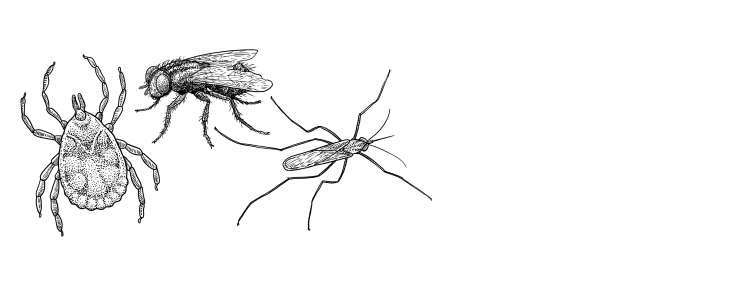
 report
report
Vector-borne diseases: Mosquitoes, ticks, biting flies... how far will they go?
For the past few years, warnings about the dangers of biting insects in spring have raised alarm bells in increasingly northerly regions. Over and above the irritation they cause, hematophagous insects and ticks represent a considerable health risk: in certain conditions, they are capable of hosting and transmitting viruses, parasites and bacteria, becoming disease "vectors."
Some "vector-borne" diseases are already a familiar problem in Europe, like Lyme disease, caused by ticks. Yet most such diseases – malaria, dengue, Zika, Crimean-Congo hemorrhagic fever and yellow fever, for example – may seem like a distant threat. But they are closer than we might care to think: insect vectors are taking advantage of human mobility, rising temperatures and habitat change to widen their range, automatically increasing the risk associated with vector-borne diseases.
As summer and the 2024 Games approach, particular attention is being paid to disease vectors such as mosquitoes, ticks and biting flies.